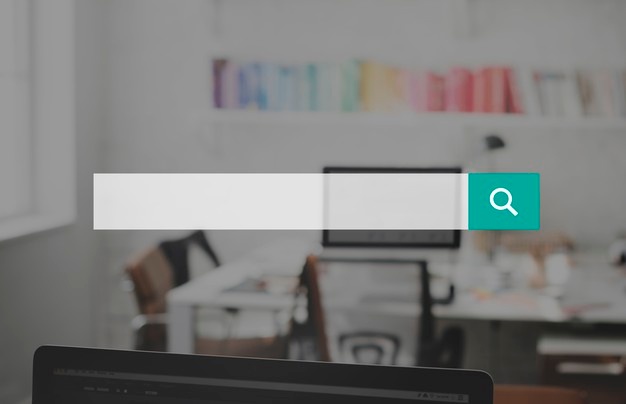Dreaming of visiting Paris, Rome, or Barcelona but worried about the visa costs? Good news — you might be able to get a Europe visa for free! In this simple and helpful guide, we’ll show you how to apply for a free Europe visa (Schengen visa), step by step. Whether you’re a student, a traveler on a budget, or just curious, this article will explain everything in a way that even a 10-year-old can understand.
Let’s explore how you can make your dream trip to Europe possible — without breaking the bank!
🌍 What Is a Schengen Visa?
🧭 Definition
A Schengen visa lets you travel to 27 countries in Europe with one visa. These countries have no border checks between them. So, with a single visa, you can go from France to Germany to Italy and more — just like traveling between states.
🇪🇺 Countries You Can Visit with a Schengen Visa
- France
- Italy
- Spain
- Germany
- Netherlands
- Belgium
- Greece
- And 20+ more
Example: With one visa, you can fly into Paris, take a train to Rome, then hop over to Barcelona — no extra visas needed!
✅ Who Can Apply for a Free Europe Visa?
Here’s the exciting part — some people don’t have to pay for a Schengen visa. You may be eligible for a free visa if:
- You’re under 6 years old (in most countries).
- You’re a student attending an EU-based course or study program.
- You’re participating in cultural, educational, or sports events.
- You’re a researcher or scientist.
- You’re part of a non-profit organization.
- You have a sponsorship letter or are traveling for a humanitarian reason.
📝 Step-by-Step Guide: How to Apply for a Free Europe Visa
Step 1: Choose Your Main Destination
Pick the country you’ll spend the most time in or where your trip starts. This is the embassy or consulate where you’ll apply.
Example: If you plan to stay 5 days in Italy and 3 days in France, apply through the Italian Embassy.
Step 2: Check If You Qualify for a Free Visa
Go to the embassy’s website and check the list of people who are exempt from visa fees. Each country has its own rules, so read carefully.
Common Visa Fee Waivers:
- School or university students
- Non-profit event participants
- Family members of EU citizens
- Children under a certain age (usually under 12 or under 6)
Step 3: Gather Your Documents
Here’s a list of things you usually need:
- Valid passport (with 2+ blank pages)
- Visa application form (you can download it online)
- Passport-size photos
- Proof of travel (like a flight reservation)
- Hotel booking or accommodation details
- Travel insurance (minimum €30,000 coverage)
- Bank statement or sponsor letter
- Invitation letter (if someone is inviting you)
- Event registration (if attending an event)
Tip: If you’re getting a free visa due to a student program, attach your school ID and acceptance letter.
Step 4: Book a Visa Appointment
Go to the embassy’s website and schedule a visa appointment. Do this at least 3-4 weeks before your travel date.
Step 5: Attend the Interview
Visit the embassy or visa center on your appointment date. Bring all your documents neatly organized. Be honest and confident.
Scenario: If you’re attending a youth football camp in Spain, explain that your travel is sponsored and show proof of your participation.
Step 6: Wait for the Decision
Visa processing usually takes 15-20 days. Some embassies allow you to track your application online.
❓ Frequently Asked Questions (FAQs)
1. Can I really get a Europe visa for free?
Yes! If you qualify under certain categories (like students, researchers, or cultural event participants), the visa fee is waived.
2. What’s the difference between a free visa and a regular visa?
The process is the same, but if you qualify, you won’t have to pay the usual visa fee (around €80).
3. How long can I stay with a free Schengen visa?
Usually up to 90 days within a 180-day period. Same rules as a paid visa.
4. Do I still need travel insurance with a free visa?
Yes. Travel insurance is required for all Schengen visas, free or paid.
5. What if my visa is rejected?
If rejected, the embassy will give you a reason. You can fix the issue and reapply, or sometimes appeal the decision.
📌 Conclusion
Applying for a free Europe visa might seem tricky, but with the right information, it’s totally possible. If you’re a student, attending an event, or part of a non-profit program, you could save a lot of money on visa fees. Follow the steps in this guide, gather your documents carefully, and apply with confidence.



